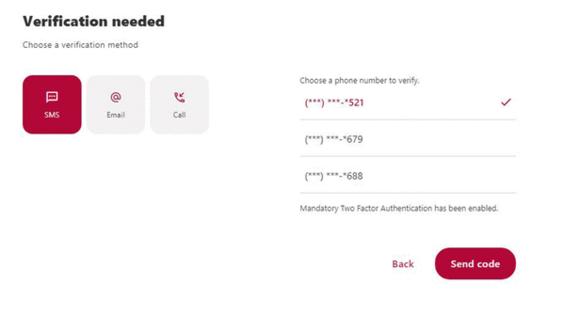Jim Rossman: Helping mom secure her online banking
Published in Science & Technology News
I spent a recent weekend visiting with my mom, and she had a rather short list of technical things she needed my help with on this trip.
The first was easy – she has a new Wyze doorbell and it had lost its connection to her Amazon Echo.
When I set it up, her Echo Dot would announce when someone was ringing her doorbell. The Echo would also announce when a person was detected on the doorbell camera, which my mom really likes.
I went into the Alexa app, looked under Devices and then Cameras, and I opened the doorbell, which Alexa lists under cameras.
The options for Person Detection Notification and Doorbell Press Notifications were turned off. I turned them back on and showed mom where to find them if the notifications stopped again.
I’m guessing a software update changed the settings.
She also had a notification of a software breach from her credit union and a suggestion that she change her password and turn on two-factor authentication.
We logged into her credit union website and opened the account settings page and found the settings for Security.
First up was changing her password. That’s straightforward.
Next, there was a section for Two-Factor Authentication (also called Multi Factor Authentication) and an on/off toggle for requiring two-factor for each login.
Two-factor authentication is an second verification of your identity during a log in to an account.
After you enter your log in name and password, you’ll be sent a code to enter in before you get access to the account.
The code will most likely be sent to your cell phone via text message. Some systems might give you the option to receive a code via a phone call or email message.
Some accounts will offer to remember you for a week or a month before asking you to re-authenticate, while others like banks and credit unions will require two-factor authentication for each login.
You might also look at your options for logging in on mobile devices.
If your phone has biometrics like a fingerprint reader or face recognition, some apps will offer to let you use your face or fingerprint to log into the apps.
©2024 Tribune Content Agency, LLC.







Comments